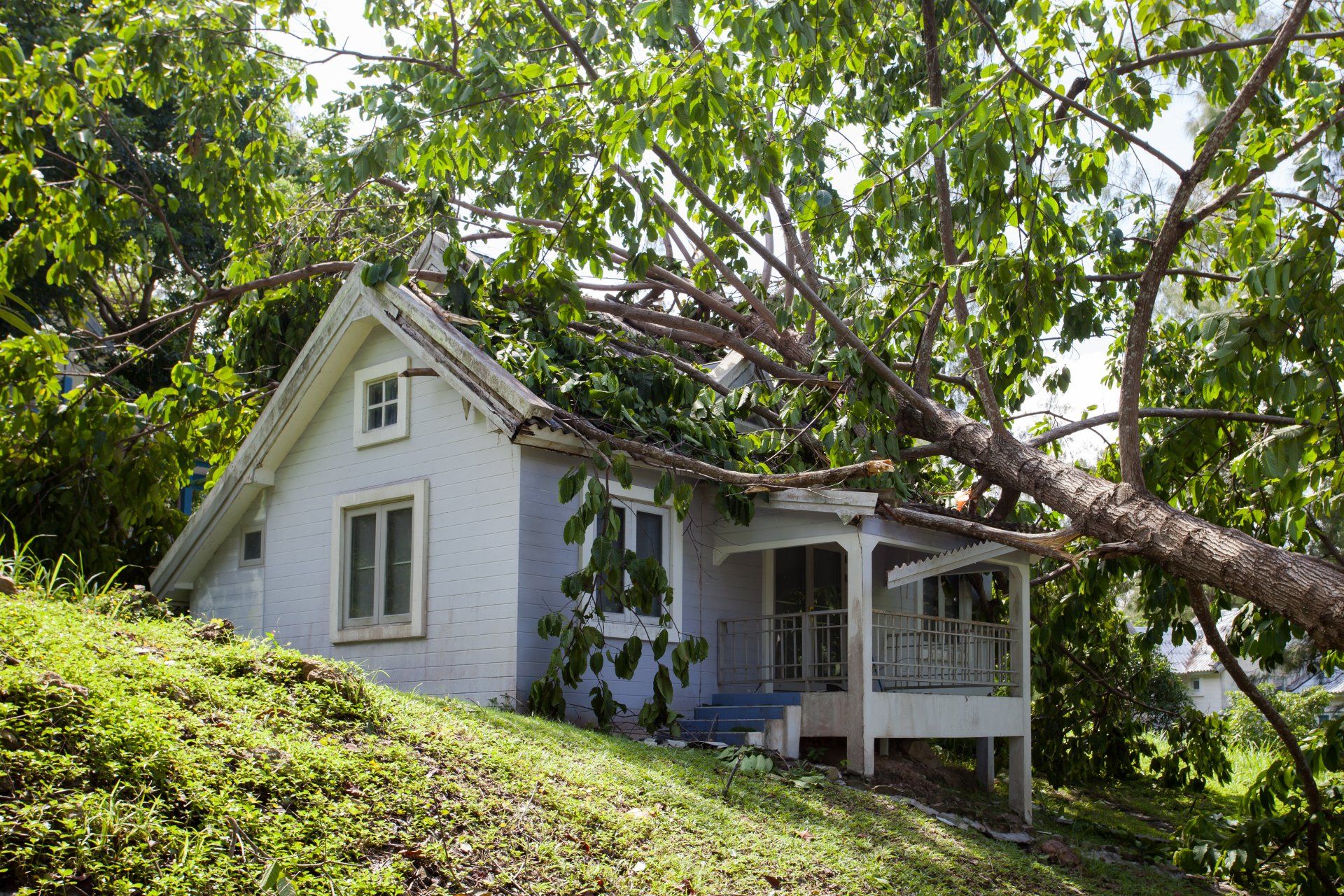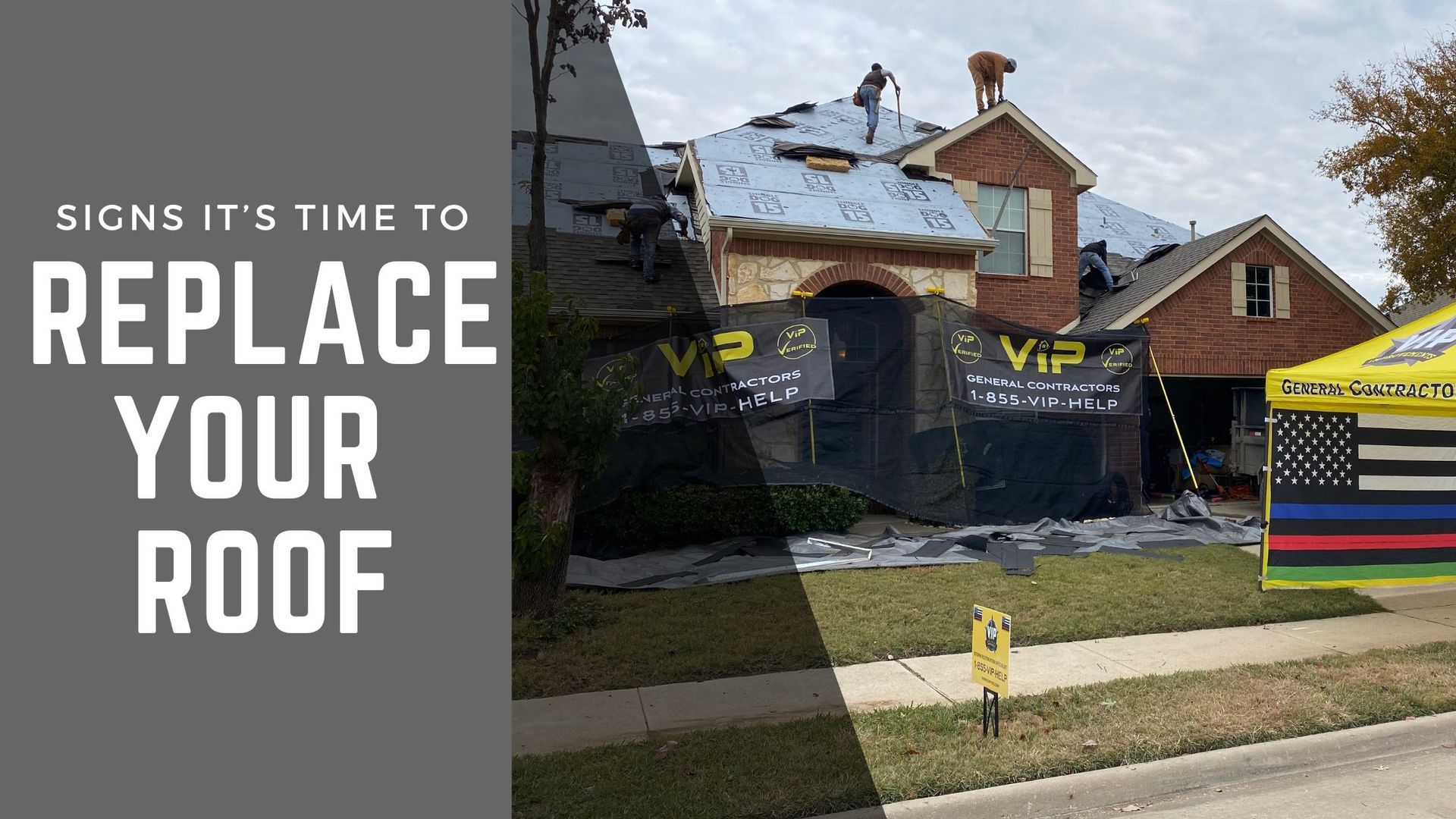Prepping Your North Texas Home for a Cozy Winter
Prepping Your North Texas Home for Cold Weather

As the leaves start to change and the temperatures drop, it's time to prepare your North Texas home for the upcoming winter season. Winter in Texas might not be as harsh as in some other parts of the country, but it's essential to take some steps to ensure your home is comfortable, energy-efficient, and ready to withstand any unexpected cold spells. VIP General Contractors are here to provide you with some valuable tips to make sure your home is cozy and winter-ready.
**1. Seal Those Drafts**
One of the key elements of prepping your home for winter is ensuring it stays warm and comfortable. Drafts can make your heating system work overtime and lead to higher energy bills. Start by checking for any gaps or cracks around windows and doors. Use weatherstripping or caulk to seal them up. You can also consider upgrading to energy-efficient windows and doors, which can provide better insulation and reduce heat loss.
**2. Insulate Your Attic and Walls**
Proper insulation is crucial for maintaining a comfortable indoor temperature during the winter. Insulating your attic and walls can help you reduce heat loss and save on heating costs. VIP General Contractors can assess your insulation needs and provide you with professional insulation services to ensure your home stays warm and cozy throughout the season.
**3. Schedule a Heating System Checkup**
Before the colder weather sets in, it's a good idea to have your heating system inspected and serviced. A professional HVAC technician can clean and maintain your system, ensuring it operates efficiently and safely. Regular maintenance can prevent unexpected breakdowns and extend the lifespan of your heating unit.
**4. Protect Your Pipes**
In North Texas, winters can bring freezing temperatures, and frozen pipes can be a homeowner's worst nightmare. To prevent pipe bursts and costly repairs, take the following steps:
- Insulate exposed pipes in unheated areas, such as your garage or basement.
- Disconnect and store garden hoses.
- Drip your faucets on the coldest nights to keep water flowing.
**5. Prepare Your Fireplace**
If you have a fireplace, make sure it's ready for use during the winter months. Have your chimney inspected and cleaned by a professional to ensure it's safe and efficient. Stock up on firewood, kindling, and fireplace tools. A warm and cozy fire can be a delightful addition to your home during the colder months.
**6. Reevaluate Your Landscaping**
Winter doesn't mean your outdoor maintenance stops. Trim any overhanging tree branches and shrubs near your home to prevent damage from heavy snow or ice. Also, consider planting cold-resistant plants and flowers to add some color to your yard during the winter season.
**7. Create a Winter Emergency Kit**
North Texas has experienced extreme winter conditions so, it's a good idea to be prepared for unexpected weather events. Assemble an emergency kit that includes flashlights, batteries, non-perishable food, and a first aid kit. Make sure you have a battery-powered weather radio to stay informed about any severe weather alerts.
**8. Check Your Roof**
Inspect your roof for damaged or missing shingles, as leaks can be particularly troublesome in winter. Repair any issues promptly to prevent water damage and heat loss. VIP General Contractors offers roofing services to help you keep your home's roof in top shape.
**9. Test Smoke and Carbon Monoxide Detectors**
With your heating system in use, it's vital to ensure your smoke and carbon monoxide detectors are in working order. Replace batteries if needed and test them to guarantee your family's safety during the colder months.
By following these tips, you'll be well-prepared to enjoy a warm and comfortable winter in your North Texas home. Remember that VIP General Contractors are here to assist you with any home improvement projects or maintenance needs to ensure your home is ready for the season. Get in touch with us today to discuss your winter preparation needs and enjoy a cozy, worry-free winter in your Texas home.
You might also like

Book a Service Today
We will get back to you as soon as possible
Please try again later
CUSTOMER TESTIMONIALS

"Good job guys. I am so thankful that you treated my house like it was your own. You can come have a beer with me and my wife on our new deck and fire pit anytime, open invitation."
Gregorious Groves of Denton Texas
Button
"Thanks guys for all your passion and dedication. I know this was a difficult job. It is exactly what I wanted. Cant wait for the kids to come back and enjoy with the whole family. Great job."
Henry G. of Plano Texas
Button
"Working with VIP Real Estate Improvements was an enjoyable process from start to finish. The finished pergola is better than I had ever imagined. Thank you Sean for going above and beyond every step of the way."
Denise L. of Plano Texas
Button
"WOW. My fence looks amazing. My neighbors are jealous. Thanks guys."
Karen G. of Mckinney Texas
Button
"These guys really do make you feel like a VIP. I'm not easy to work for, and the workers and project manager were excellent every step of the way. I have and would highly recommend VIP REI."
Justice R. of Frisco Texas
Button
"I would definitely recommend using VIP for any of your home remodeling needs. My wife and I had a vision for our master bathroom and these guys blew it out of the water. Check out my walk in shower in their gallery, amazing."
Jason R. of Dallas Texas
Button
"I have to say I had a great experience. I had the same project manager from start to finish. Everyone involved was very courteous and professional. Our family enjoys our Pergola and Outdoor Kitchen every weekend and holiday. Thank you VIP."
Charlene J. of Little Elm Texas
Button




